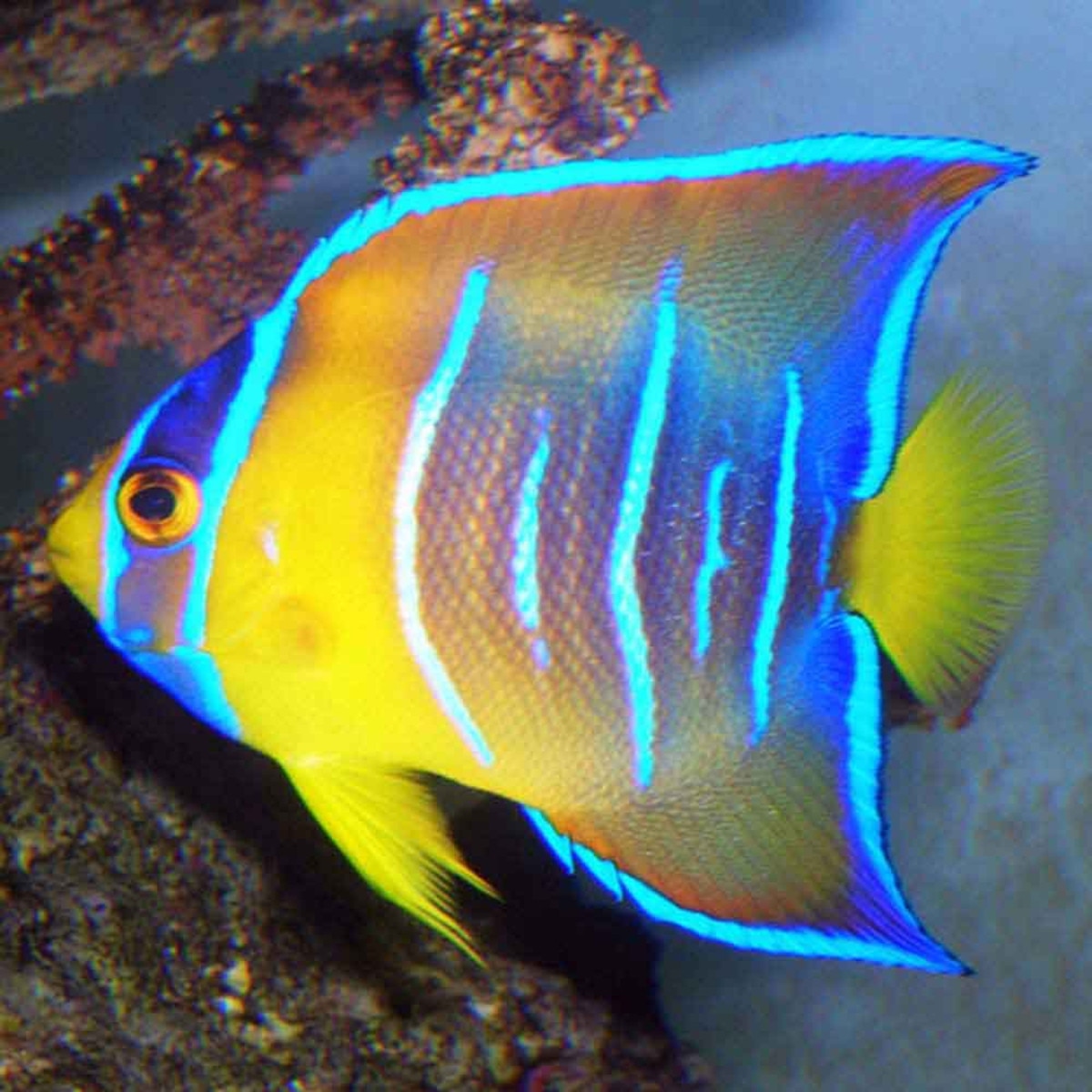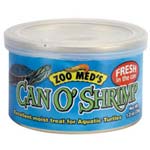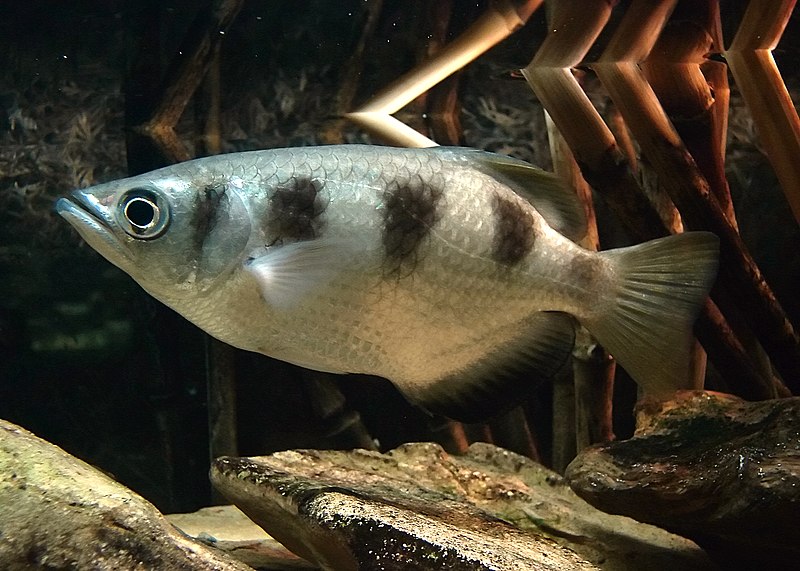 Choosing the right aquarium salt mix to add to your tank can be can be a confusing process, especially if you’re new to the hobby. But, it isn’t as complicated as it may seem, you just need a little background info to get you on the right path to choosing the salt that is appropriate for your set-up.
Choosing the right aquarium salt mix to add to your tank can be can be a confusing process, especially if you’re new to the hobby. But, it isn’t as complicated as it may seem, you just need a little background info to get you on the right path to choosing the salt that is appropriate for your set-up.
Salt in Freshwater Aquariums
Adding salt to a freshwater aquarium is not a necessity, but it is used by many aquarists as a treatment to add electrolytes to the aquarium water, and as both a stress reducer and a parasite deterrent. Basic Aquarium Salt is not the same as the formulated mixes used to make a brackish or saltwater aquarium. Aquarium Salt is simply Sodium Chloride, and does not contain minerals and trace elements like calcium and iodine like sea water mixes. Adding small portions of this salt can help to treat osmoregulatory stress, an imbalance or disruption in the exchange of salts and minerals between the fish itself and its environment. Stressful situations such as transport, disease, or injury can cause osmoregulatory stress, but if used properly, aquarium salt can increase blood and oxygen flow through the gills, helping the fish relax and heal. When used in higher concentrations for short time periods as a dip or bath, salt can help to build a the protective slime coat on the body, preventing parasites from attaching and even killing one-celled parasites like Protozoa, that may already be on the fish. While aquarium salt does have some benefits, it is not a necessary additive. Once introduced to the tank, salt does not evaporate out of the tank. It can only be removed with water changes and plants, inverts and other sensitive species may be negatively impacted if the concentration is allowed to rise. Read More »
 That Fish Blog – Aquarium Advice and Information
That Fish Blog – Aquarium Advice and Information




